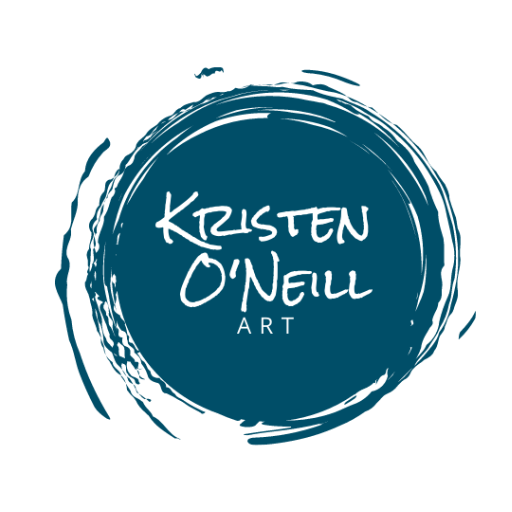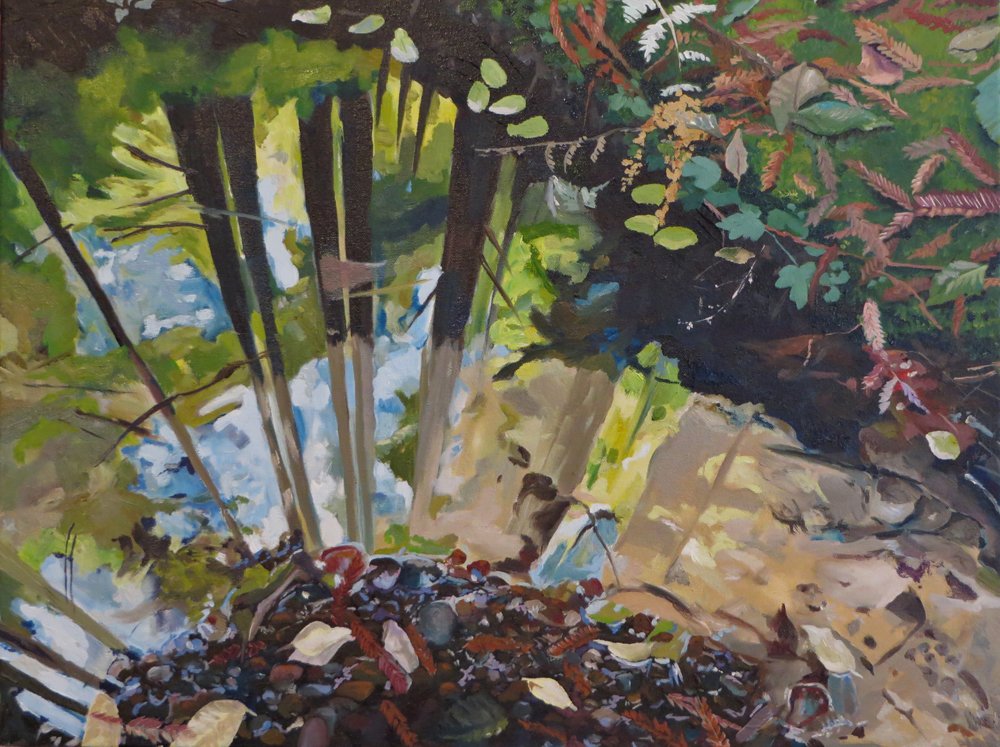Movement in art refers to the visual flow or direction of elements within a composition. It can create a sense of action, rhythm, and energy in a painting. As a crucial aspect of design, movement can guide the viewer’s eye through the artwork and affect the overall impact of the piece. There are several ways to create movement in painting.
Linear movement
This is created by lines or shapes that lead the eye in a specific direction. For example, a road or a stream can be used to guide the viewer’s gaze through the painting. Lines can be the edge of shapes, or more graphic like the entire shape itself. It can also be brushstrokes that create the line.
Radial Movement
This is created by elements that radiate from a central point, like rays from the sun. This type of movement draws the eye in towards the center of the painting, and also out from the center towards the edges. The movement can be created by lines around the object, or radiating out from the object. Here, is an example of radial movement, in this case, reflection of tree trunks.
Curvilinear Movement
This is created by curved lines or shapes that flow and lead the eye through the painting. This type of movement can create a sense of softness and grace in a composition. It will feel more natural. Here the lines of the water reflections and ripples, as well as the kelp are all curvilinear. A straight rigid line would stop the movement.
Zigzag Movement
This is created by sharp, angular lines that change direction abruptly. This type of movement can create a sense of tension and energy in a painting. While looking through my own work for an example of this, I thought of this painting of the Archie Creek fire near the Umpqua National Forest in Oregon. The solid black of the burnt trees in contrast with the bright green moss was so interesting for me, I needed to paint it.
While the lines of each tree are straight, the effect of them lying on the ground, they create the zig-zag effect.
Creating an Expectation of Movement
The moment before something tips of edge of table, the act of running, or a fish leaping in the air, are all still moments where motion is about to happen, or in the middle of happening. We know what will happen, and our minds lend the image the movement.
Overall
Incorporating movement into your paintings is a matter of balancing the various elements and ensuring that they work together to guide the viewer’s eye in a harmonious way. Experiment with different types of movement and see how they affect the mood and impact of your artwork
It’s essential to remember that movement is just one aspect of design, and it should be used in conjunction with other design elements, such as color, shape, texture, and value, to create a cohesive and engaging composition.




